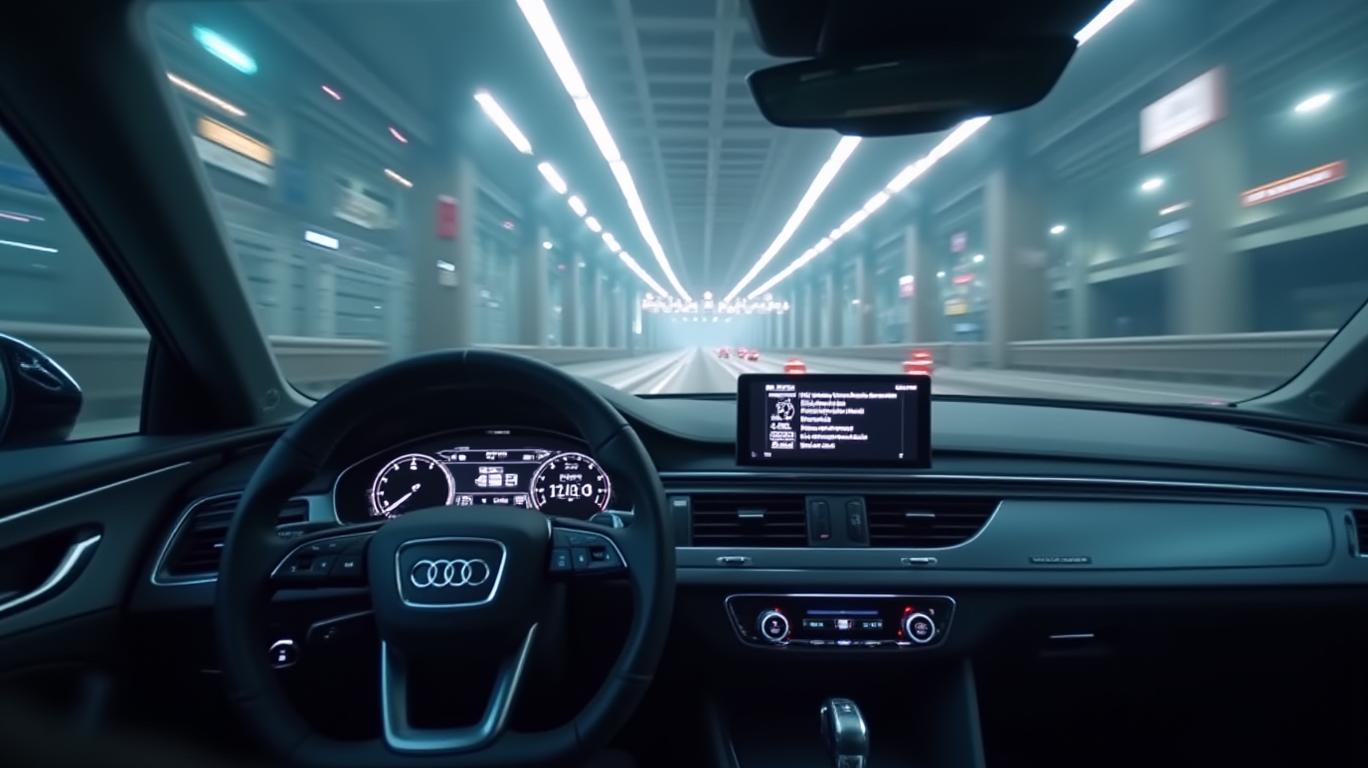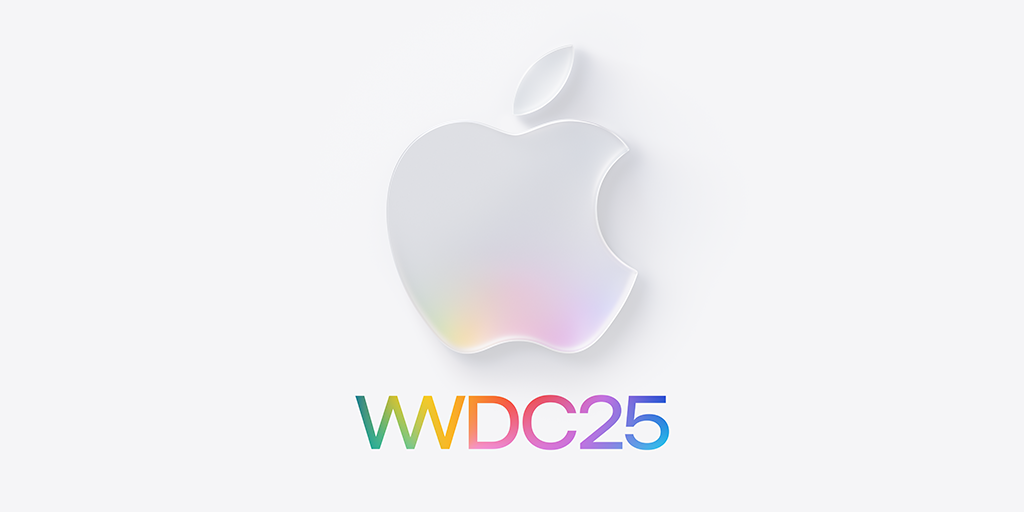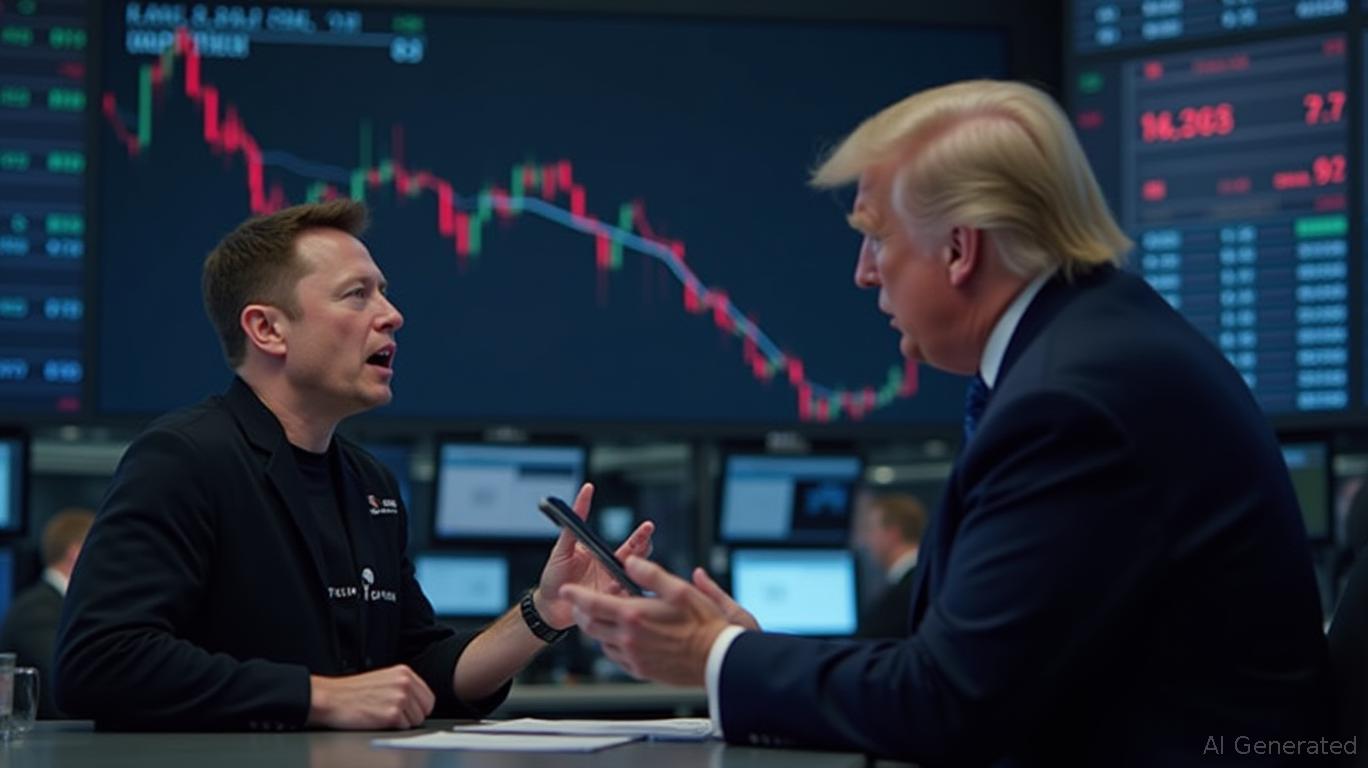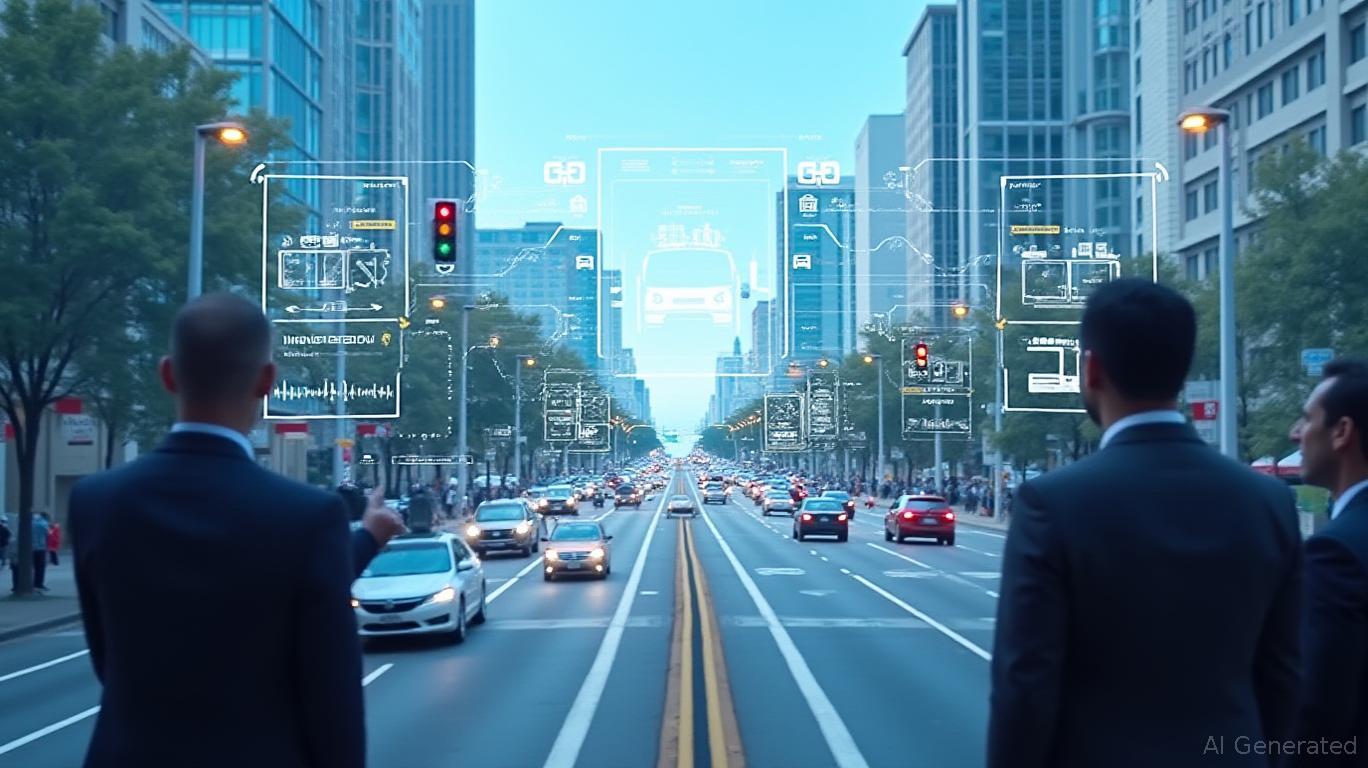The Road Ahead: How C-V2X Could Transform Tolling and Drive Future Mobility
The automotive and tech industries are on the cusp of a major shift in how vehicles interact with infrastructure, thanks to a groundbreaking collaboration between Indra, Audi, and Qualcomm. Their joint project to deploy cellular vehicle-to-everything (C-V2X) technology for tolling systems could redefine transportation economics, driver convenience, and the trajectory of smart cities. Set for a live demonstration in May 2025, this initiative represents more than an upgrade to toll collection—it’s a glimpse into the future of connected mobility.

The Technology: Precision and Interoperability
The core of the project is the Society of Automotive Engineers (SAE) J3217 C-V2X standard, which enables direct communication between vehicles and roadside infrastructure using cellular networks. Unlike existing systems reliant on transponders, license plate cameras, or fragmented mobile apps, C-V2X provides lane-level accuracy, eliminating errors and reducing congestion. Drivers will receive toll notifications directly on their in-car displays, confirm payments effortlessly, and avoid the hassle of state-specific transponders—a common pain point across U.S. highways.
Ask Aime: What's the impact of Indra, Audi, and Qualcomm's C-V2X tech on tolling systems?
The May 9, 2025, demonstration at Florida’s SunTrax Test Facility will showcase this functionality. Attendees will see how connected vehicles can distinguish themselves from non-connected ones, ensuring compatibility with legacy systems while paving the way for a future where vehicles act as “digital wallets” for tolls, parking, and even dynamic pricing in smart cities.
Ask Aime: How will C-V2X technology reshape tolling and transportation economics?
Market Opportunity: A $20 Billion Sector in Flux
The U.S. tolling industry is projected to grow at a 5% compound annual rate, reaching $20 billion by 2030 (Statista). C-V2X stands to capture a significant share of this market by addressing inefficiencies: European trials already demonstrated a 30% reduction in operational costs for toll operators through minimized exception processing and reduced infrastructure needs.
Beyond tolling, the technology’s scalability could unlock adjacent markets. The global connected car market, valued at $100 billion by 2027 (Grand View Research), could expand further as vehicles integrate C-V2X for payments, traffic management, and autonomous driving. For investors, this is a multi-faceted opportunity.
Risks and Challenges
Technical hurdles, such as latency and cybersecurity, remain critical. The partnership has addressed these through rigorous testing: virtual security sessions in March 2025 ensured compliance with IEEE 1609.2.1 standards, while the May demo will stress-test real-world interoperability. Regulatory fragmentation is another concern, though the J3217 standard and U.S. FCC’s 2024 spectrum allocation for C-V2X provide a unified framework.
Investment Implications
- Indra: As a leader in tolling infrastructure, Indra’s role in system integration positions it to capitalize on rising demand for smart mobility solutions. Its stock, up 18% since 2021, reflects this trajectory.
- Qualcomm: Its C-V2X chipsets are foundational to the project, bolstering its IoT and automotive segments. The company’s 10% outperformance of the Nasdaq over three years underscores investor confidence.
- Audi (Volkswagen Group): The automaker’s integration of C-V2X into vehicles aligns with its €10 billion Cariad initiative to dominate software-defined vehicles.
Conclusion: A Pivotal Inflection Point
The Indra-Audi-Qualcomm collaboration is not merely an upgrade to toll systems—it’s a catalyst for a broader digital transformation in transportation. With a $20 billion tolling market to disrupt and a connected car ecosystem poised to triple in value by 2027, the stakes are enormous. The May 2025 demo will be a critical test, but early indicators are promising: European trials’ 30% cost savings suggest U.S. adoption could accelerate, unlocking billions in operational efficiencies.
For investors, the trio’s strengths—Indra’s infrastructure know-how, Qualcomm’s chip leadership, and Audi’s vehicle integration—create a robust value proposition. As the world moves toward autonomous and connected vehicles, this partnership is laying the groundwork for a future where mobility is seamless, efficient, and interoperable across borders and industries. The road ahead, quite literally, is connected.









